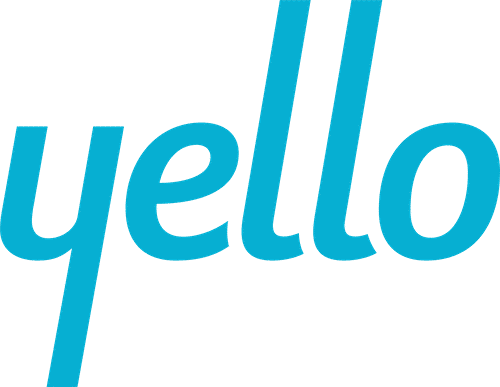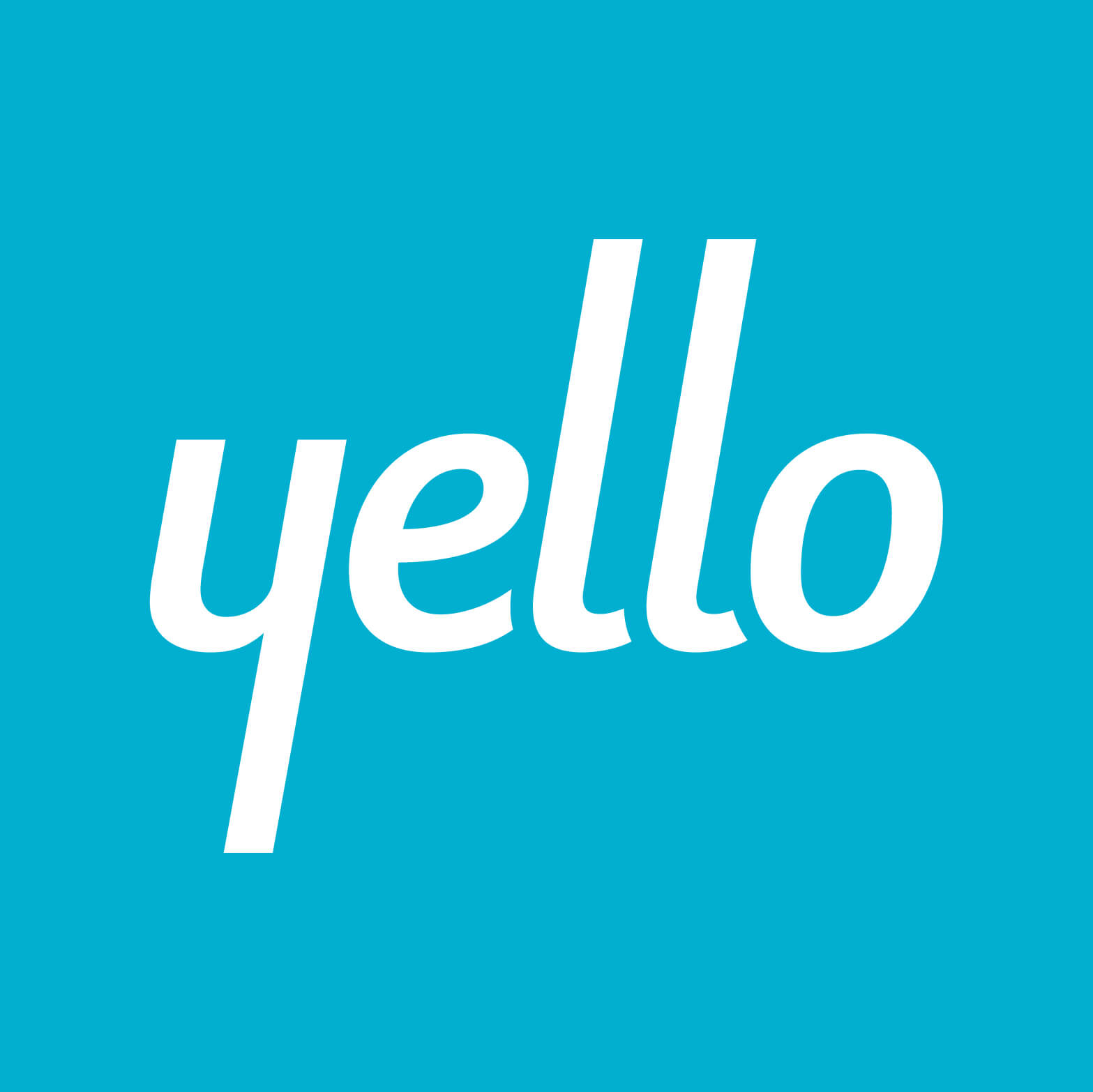As we all know, 2020 dramatically shifted the campus recruiting landscape. Not only did employers have to pivot to virtual-first sourcing strategies practically overnight, many internships and hiring plans were disrupted, if not outright canceled. Social unrest brought the importance of DEI to the forefront of the national conversation, and many employers reacted by committing to DEI initiatives in hiring and beyond. Also, since the beginning of the pandemic, we have seen dramatic turnover in corporate campus recruiting staff. Our data indicates as many as 60% of campus recruiters turning over in the past 18 months.
Fast forward to 2022 – we entered a fall recruiting season with two years of experiments (especially with virtual recruiting) under our belts, a larger focus on DEI (and reduced focus on core schools), and a lot of new campus recruiting staff who don’t have the past experience to lean on.
How has the fall unfolded?
As we begin to reflect on the Fall 2022 recruiting season, what it means for employers, and how it impacts candidates, there are a few trends to highlight.
Virtual event attendance is down.
Students are registering in fewer numbers and conversion from registration to attendance is lower than during the past 2 years. We have seen virtual event attendance down as much as 50% and have heard the same from others. Why? Because attendance at in person events has really increased.
There is a disconnect between candidates and employers this fall.
Candidate attendance at the major national recruiting conferences is down when compared to 2019, but of course up dramatically from the past two years. Attendance at on campus career fairs has also increased significantly. However, companies are not going to as many campuses as they had in the past and there are fewer employers at the major national recruiting events.
Companies are scheduling a lot more virtual events.
This includes branding sessions, coffee talks, and other educational sessions that build their employer brand and generate interest and applications from students.
Around a quarter of employers are not going hybrid.
Some employers are sticking with 100% virtual recruiting (less than 15% of companies we’ve reviewed for this article) and about the same percentage of companies are going in person exclusively, at least for initial meetings.
The Student Experience
In the past two years, employers have met over 80% of candidates via virtual means, and this fall, they are connecting with candidates initially in person over 70% of the time. However, because of the ease of virtual interviewing, the majority of interviews (over 60%) are being conducted virtually. This clearly is confusing for candidates, who are left wondering if they should prioritize virtual or in-person interactions with potential employers. Additionally, they’re faced with trying to master two different sets of skills and shifting professional norms.
Students we have spoken with are confused and feel they are getting contradictory messages from companies. Should they focus their search on in person events or virtual engagement? Should they go to major career fairs or just campus ones? Should they reach out via LinkedIn? Will companies find them?
How TA Teams are Adapting
We also believe employers are struggling with their own processes. Talent acquisition teams are typically less tenured (as a result of the turnover we mentioned earlier), they have not been to campus in years, and existing processes were massively and quickly altered to go virtual. Some companies are trying to go campus agnostic, not only to increase the diversity of their candidate pool but also because they are not as limited to hiring in specific geographic locations as they were pre-pandemic.
The processes that have worked in the last 2 years have not yet been optimized for a hybrid strategy, and many employers were figuring out in real-time this year. We see a significant number of companies restructuring their processes mid-season and many more coming back to Yello for additional training.
As we consider the feedback we’ve heard from students and recruiters and the data we’ve collected this season, we believe that 2022 is a transition year to whatever the new normal becomes in 2023. All signs point to a new normal that is closer to a 50-50 virtual/in-person balance, including both the initial connection with a candidate as well as the interview process.
To get a LOT more detail and insight, we are conducting several research studies including a student survey, recruiter survey and assessing benchmarks from Yello’s data. In Q1, we will have a comprehensive state of the industry ready to explore and analyze the next level of detail. For now, what we know so far is that things have changed!




